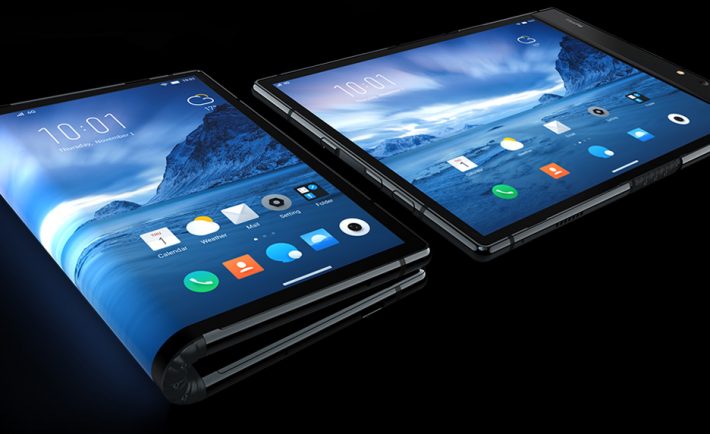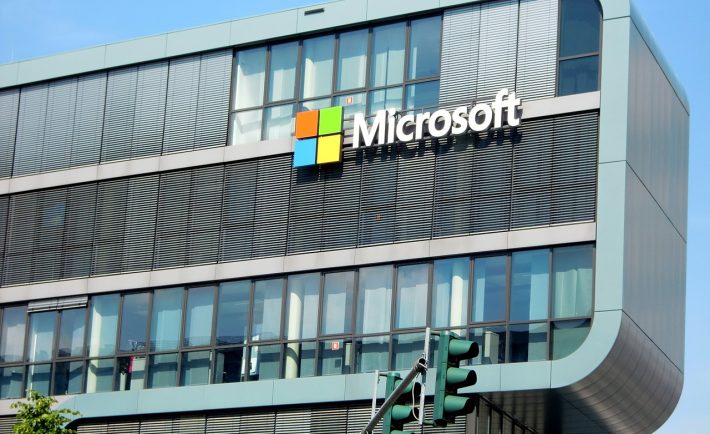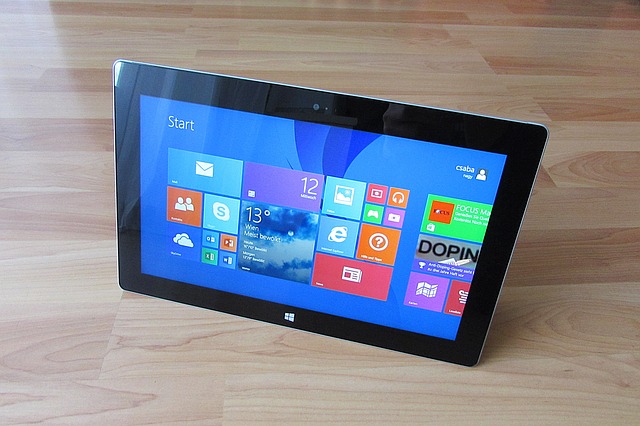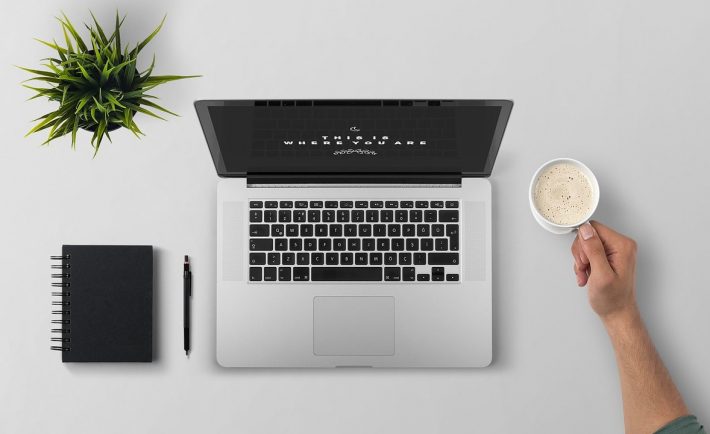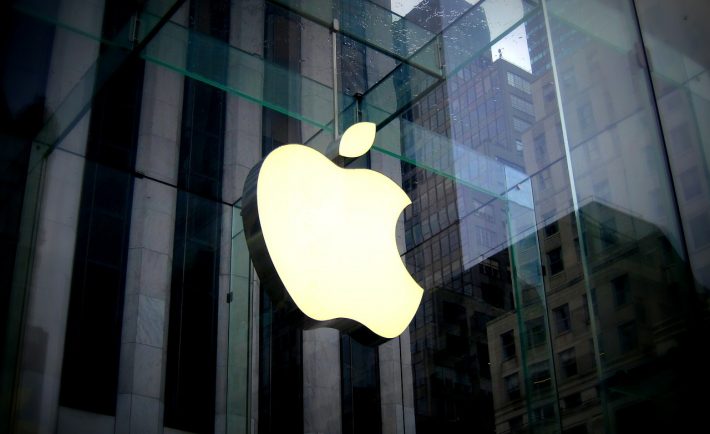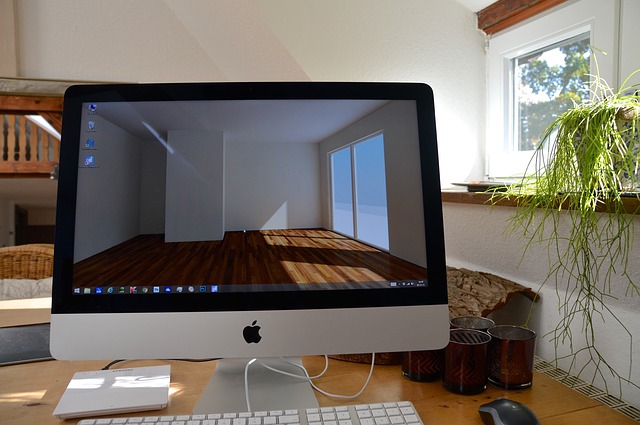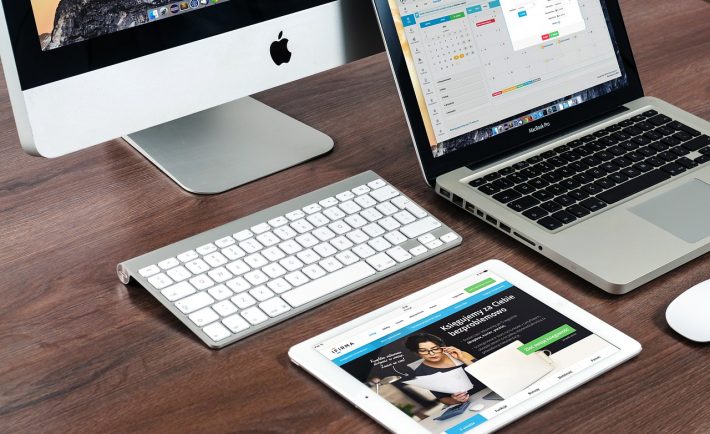It came as a surprise to many when a barely known tech company introduced the world’s first foldable phone. The future of smartphone is upon us as Royole Corporation launched FlexPai in Beijing. Royale Corporation is a relatively new company, which was founded by Stanford engineering graduates in 2012. It will go down in history as the company who conquered the “foldable phone” race ahead from Samsung and Huawei.
For the digital savvy Singaporeans who are interested in acquiring their own FlexPai, here are its specifications. FlexPai boasts its “virtually unbreakable and extremely durable screen”, which can be bent for over 200,000 times. This smartphone can be folded like a paper or a wallet to display various small screens: in the front, back, and spine. While it is folded, you can receive incoming calls or take photos from front and back screens. The spine is where the notifications will show. Its 7.8-inch display resembles a tablet when fully unfolded.
You may be wondering if it can take some Instagrammable shots. To tell you frankly, it has two cameras with 20 and 16 megapixels. You can bend it to capture objects and subjects at unique angles. Other features include having a microSD slot, a fingerprint reader, a Snapdragon 8-series chip, and a USB-C port. Furthermore, it is running on an Android 9.0 based Water OS.
See this latest handset in action as you watch the following demo.
As with many first models, this pioneer handset is far from being perfect. Royole needs to address some glitches. For instance, it should offer a sleek design which does not have visible fold marks when straightened out. There should be seamless switch between front and back displays. Furthermore, it is a bulky device that is about 50% heavier than Note 9 and the iPhone XS Max.
Nonetheless, Royole’s foldable product encourages other tech companies to provide different experiences to the Millennial consumers. While consumers in China can purchase a consumer edition FlexPai today, global consumers can pre-order the developer version online. The 6 GB model with 128 GB storage is available to consumers for $1,588 (about S$2182), while the 8 GB model with 256 GB costs $1,759 (about S$2417). These devices are expected to be shipped by December.
With all these information in mind, I am excited to see the foldable products that well-known tech companies will launch soon (e.g., Samsung Galaxy F).

